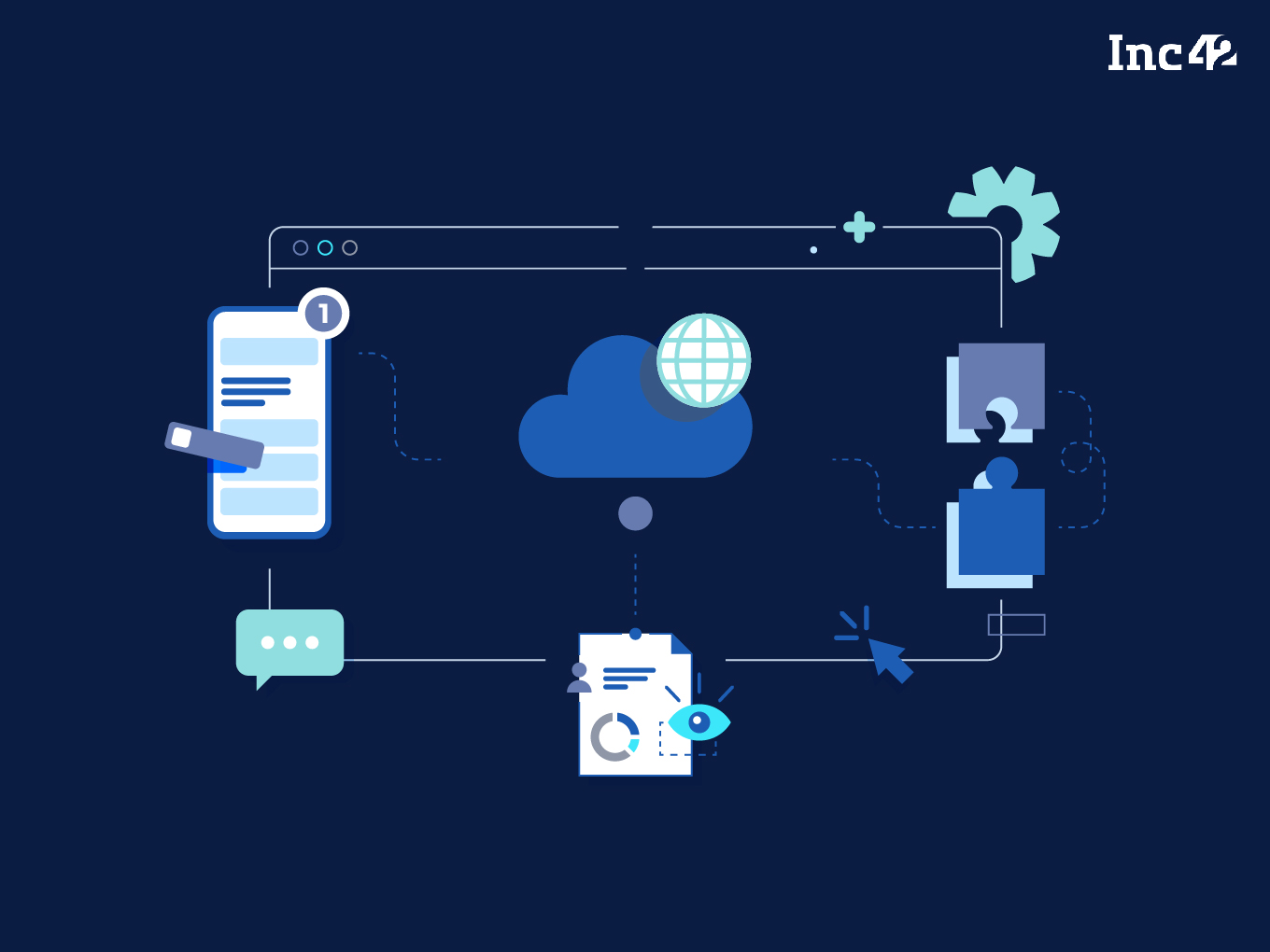What Is Customer Onboarding In SaaS?
Customer onboarding in SaaS means acquainting new users with products/services on offer. It is all about showing them the ropes, providing them the tools they need to succeed and ensuring a positive experience throughout.
Onboarding is an essential first step for all SaaS providers. But it becomes more critical for those in the business-to-business (B2B) space. Dealing with a business is more complex than serving an individual, given the industry-specific nuances/trends and long-term implications.
When a SaaS provider moves from mid-market to enterprise-level operations, challenges multiply, with thousands of new users shifting from their current processes to a completely different platform. Therefore, B2B SaaS players should add a training module to the onboarding process because each user has a different tech understanding and adaptability level.
What Is ‘Frictionless’ Customer Onboarding In SaaS?
SaaS companies must create a frictionless onboarding experience without obstacles in the customer’s journey. It means streamlining the process by reducing unnecessary steps, minimising the fields one has to fill in and eliminating additional tasks such as email or OTP/code verification.
Dhruvil Sanghi, founder and CEO of the logistics SaaS startup LogiNext, asks industry players to focus on the ‘human element’ by understanding their existing customers and improving products accordingly.
“Your loyal customer base can give you great insights into the consumer mindset. That way, you won’t just develop the technology to solve onboarding issues. You can also comprehend the non-tech aspects of your business,” he said.
A good understanding of the consumer landscape enables a SaaS startup to thoroughly train its customer support team and add more human layers to help users feel more comfortable. Such measures will further enhance the onboarding experience.
How Frictionless Onboarding Benefits A Company
Successful SaaS onboarding can do wonders for a business. Here are the key advantages:
- Customer retention: A hassle-free onboarding process will lead to more active users for longer, resulting in revenue growth.
- Business growth: When users are happy with a product/service, they are bound to discuss it with peers, friends and families. This can be an excellent opportunity for business growth as organic sharing/word-of-mouth helps build credibility and brand loyalty much faster than paid promotions.
- Productivity boost: When users know how to use a product optimally, they can be more productive, leading to improved business results and a positive buzz.
How To Create A Frictionless Customer Onboarding Process
Here are six key tips on how to create a frictionless customer onboarding process in SaaS:
- Identify customer touchpoints to map the customer journey: This strategy will help you understand how customers interact with your product and identify opportunities to improve the onboarding experience.
- Start with a frictionless signup flow: The signup process is usually a customer’s first experience of using your product. So, it is essential to make onboarding as easy and frictionless as possible. You can also allow users to sign up or log in using their current accounts such as Gmail, Facebook or LinkedIn.
- Analyse & enhance customer onboarding process: Once you have implemented the onboarding process, track its performance and make changes if required. SaaS companies can use tools to collect feedback, identify areas of improvement and enhance their offerings.
- Personalise the onboarding process: Not all customers are the same. So, it is essential to customise the onboarding experience based on their unique needs. You can create different onboarding flows for various user personas or usage levels. For example, small business owners typically look for easy-to-use, beginner-friendly marketing features for business growth. On the other hand, experienced marketers/big enterprises require advanced tools and analytics to manage large campaigns.
- Use an onboarding checklist: A checklist can help users stay on track and ensure they are not missing anything important. It can also be used to track their progress.
- Provide 24/7 customer support via AI chatbot: Your customers should be able to get help in real time without waiting for customer support responses. An automated chatbot can significantly reduce the response time and promptly address common customer queries without burdening your customer support team.



